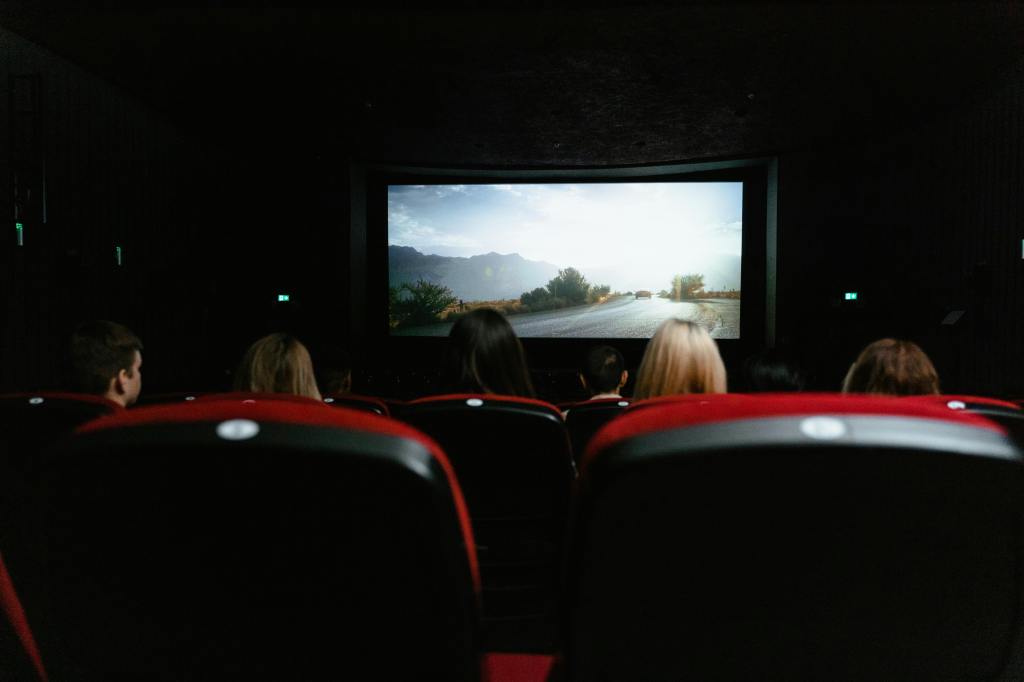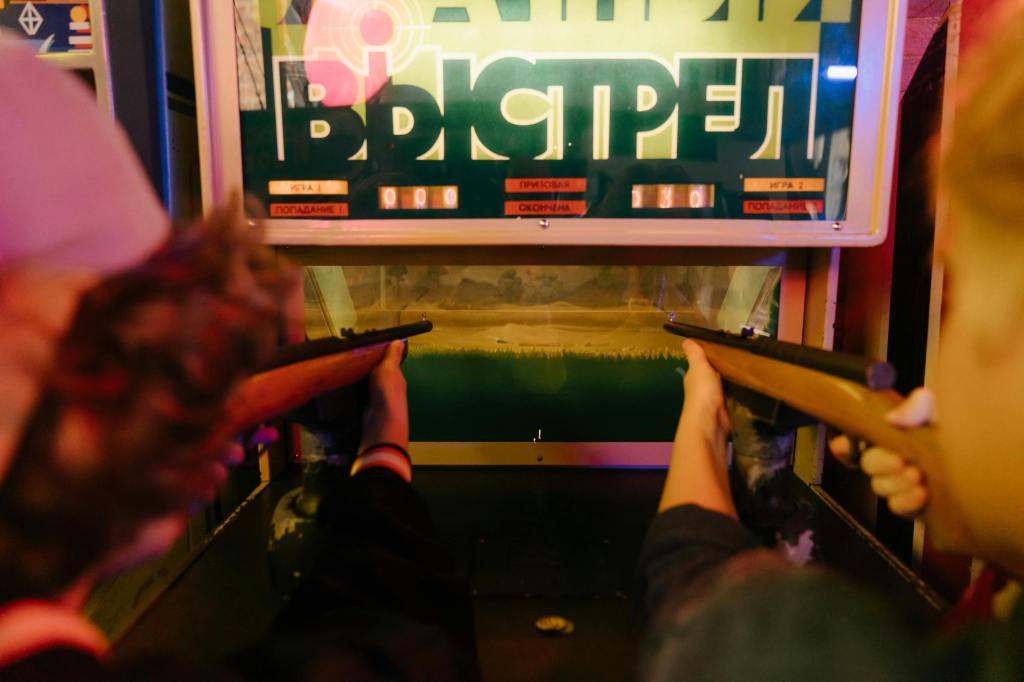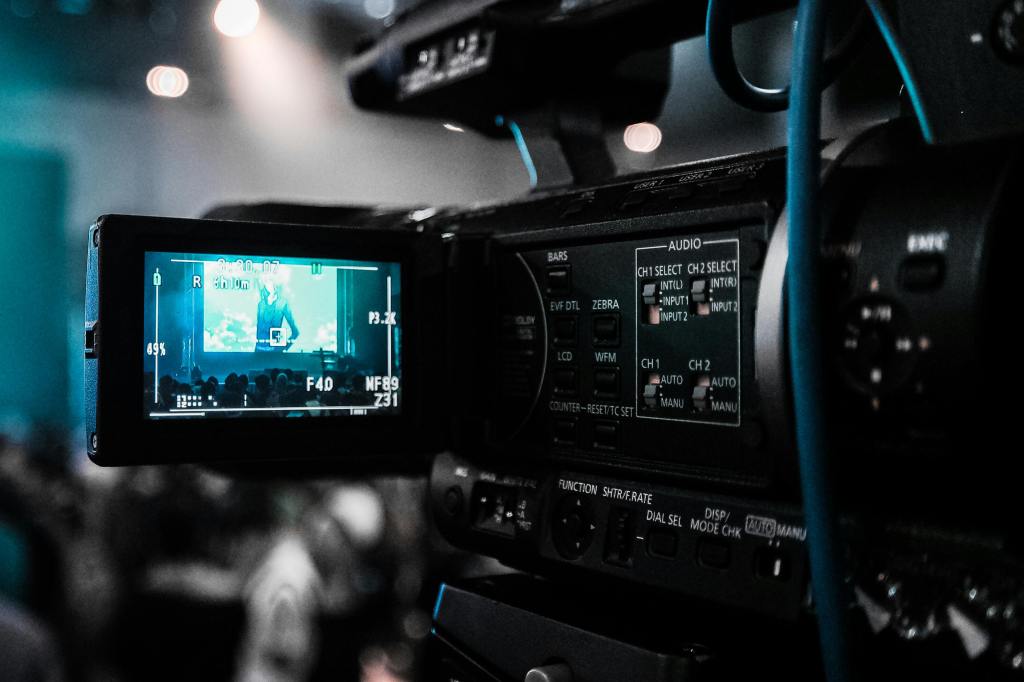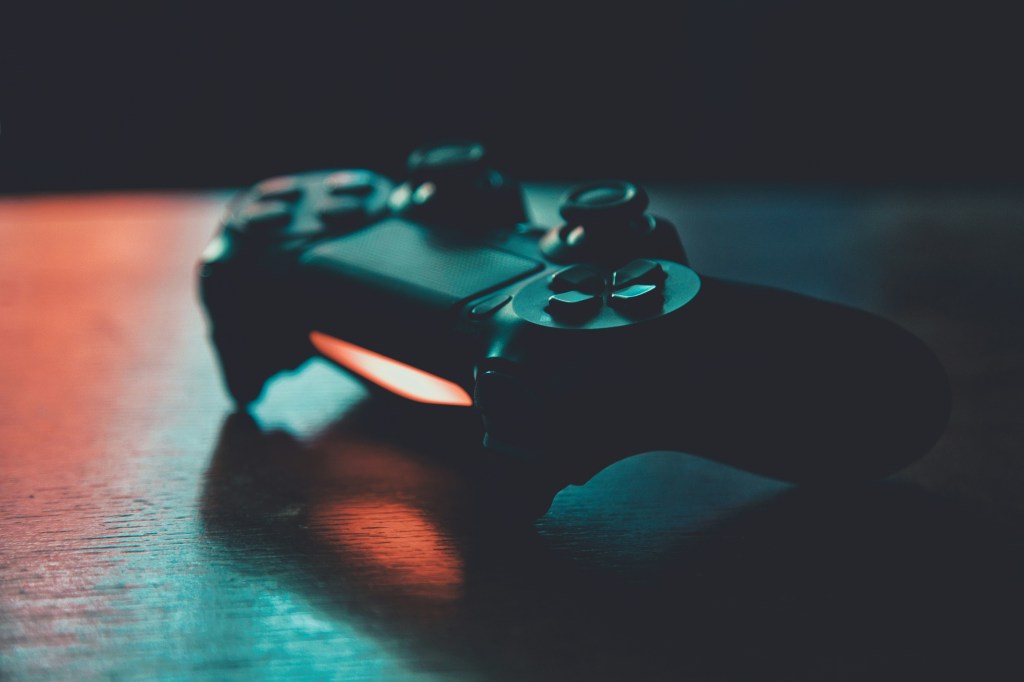Firearms in Pop Culture: How Movies & Media Shape Our Views on Guns
Firearms significantly influence pop culture, shaping public perception through movies, television, and video games. The media’s portrayal of guns plays a crucial role in attitudes towards guns, often creating myths and misconceptions. The debate over whether the media portrayal of guns is accurate or harmful is ongoing, with many arguing that Hollywood’s depiction of firearms contributes to misunderstandings about their use and impact.
How Hollywood Misrepresents Firearms on Film
Hollywood often portrays firearms in ways that are far from realistic. Common misconceptions include unrealistic gunfire, improper gun handling, and quick reloading.
Inaccurate portrayal
These inaccuracies can significantly impact public understanding of firearms, leading to misconceptions about their use and effects. Films frequently exaggerate or distort gun usage, such as showing automatic weapons being fired one-handed with near-constant accuracy. This portrayal is far from reality: ammunition is heavy, takes up space, and requires frequent reloading, which is rarely depicted on screen.
Firearm violence
The glamorization of gun violence in Hollywood also fails to depict the true nature of wounds. Quick shooting scenes often show no blood or pain; if they do, the wounds are over-exaggerated. In reality, gunshot entry wounds are small, with the internal damage being the most severe aspect, which is not accurately portrayed in media. Additionally, the sound of gunshots in movies is often simplified to a “bang” or “pow” noise, whereas in reality, they are extremely loud.
Gun ownership
There are also misconceptions about gun owners, who are often depicted in a black-and-white manner as either law enforcement/police officers (the good guys) or criminals (the bad guys). This leaves no room for nuance and fails to represent regular everyday people, hunters, or those who shoot for sport. These portrayals can be seen in various movies, where the depiction of guns and gun violence is most apparent.

Does Gun Violence in Media Fuel Gun Violence in Real Life?
The ongoing debate about whether media exposure leads to real-life violence continues to be a contentious issue. The Norman Lear Center study provides significant insights into gun violence in Hollywood, highlighting how young audiences are influenced by movie violence. Counterarguments emphasize the complexity of gun violence and its causes, referencing both research findings and expert opinions.
Guns and the typical American child
The influence of the media is particularly concerning when it comes to children, with 85% of children under 13 having been victims of gun and domestic violence at home. With the rise of digital media, children are more likely to be exposed to gun violence in media. Counterarguments suggest that gun safety training, safe gun storage, and active parental involvement in educating children about gun safety can mitigate these effects.
Media coverage
Media can play a crucial role in addressing gun violence. In television and movies, it is important not to depict gun owners as antagonists but to use nuanced discussions and focus on shared values. Highlighting stories of those affected by gun violence while stressing the importance of gun safety can also be impactful.
In the news, avoiding the naming of victims and perpetrators, limiting sensational headlines, and refraining from describing motives and detailed accounts can help reduce the negative impact of media on public perception.

Hollywood’s (Lack of) Response
Hollywood plays a significant role in perpetuating gun violence without addressing the real-world consequences. The ethical questions raised by filmmakers’ reluctance to acknowledge the potential impact of glorified gun violence are significant. Activists, politicians, and the public have reacted strongly to Hollywood’s gun culture and the effect of gun violence in movies, emphasizing the ethical responsibility of Hollywood.
A study by the American Academy of Child and Adolescent Psychiatry (AACAP) notes that American children view more than 200,000 acts of violence in media before they turn 18 years old. Hollywood often portrays violence as a form of glorification, with morally grey characters being rewarded for removing the “bad guys.” The AACAP claims that this portrayal leads children to turn to increased aggression and violent crime to solve problems.
Media and gun violence prevention
To address this issue, Hollywood should include nuance in the portrayal of gun violence. However, Hollywood is not solely responsible for this conversation. Gun violence is portrayed in media because society consumes it eagerly. Therefore, the conversation should be intersectional, involving a collective approach rather than placing the burden on the press.
Filmmakers should approach the nuances of gun violence to create new portrayals that incorporate multiple points of view. It is essential to question why we are interested in the portrayal of gun violence in media and what can be done to prevent violence, with a focus on mental health services.
Positive culture change
Additionally, critical thinking and media literacy should be emphasized at home and in education, teaching youth that media is just media—entertainment, not reality. While media can explain why we do what we do, it should be considered a metaphor rather than a literal aspect of life.

The Impact of & Backlash Against FPS Video Games
First-person shooter (FPS) video games have risen in popularity. These games are particularly popular among the youth, providing them with social activity, strategic thinking, and a hobby. However, the violence portrayed and the use of firearms in these games has led some to believe that FPS games contribute to gun violence and violent behavior.
There has been a public backlash against violent video games, with concerns about the correlation between in-game behavior and real-life aggressive behavior. Media campaigns against violent video games have highlighted research discussing their impact.
According to the Fuller Youth Institute, while there is no conclusive research on the effect of video game violence on youth, there is enough evidence to suggest that gun violence in FPS games affects the developmental well-being of young people.
The article “The Psychological Effects of Video Games on Young People” indicates that exposure to violent FPS games during developmental years can negatively impact youth, particularly in areas of cognition, empathy, and aggression. The article points out that such exposure has a desensitizing effect, especially in empathy, where youth experience a decreased empathetic response to those in need.
Despite these findings, social science and psychological research remain inconclusive about the adverse effects of violent FPS games on youth’s emotional development.

Public Perception vs Reality of Gun-Related Deaths
Public perception of gun violence often differs significantly from actual statistics on gun deaths. There is a notable gap in understanding the real causes of gun-related deaths, with many people unaware that suicides are more prevalent than homicides and mass shootings. Media representation can skew the perception of gun violence, leading to misconceptions about its nature and frequency.
Gun death rates
Sensationalized news reports often shape the public perception of gun violence in America. According to sociologist Claude Fisher, homicide rates are actually on a decreasing trend. While the U.S. has a higher rate of gun violence compared to other countries, gun violence at the national level has decreased.
Community violence
Gun violence is often concentrated in specific demographic distributions, such as race and socio-economic status. Cities tend to report higher gun violence due to their dense populations, which naturally leads to higher statistics. Homicide is commonly perceived as the most frequent form of gun violence, but in reality, suicide is the leading cause of gun-related deaths.
Mental health
According to a 2019 article, “The Majority of U.S. Gun Deaths Are Suicides, but A New Poll Suggests Few Americans Know It,” suicide is the 11th leading cause of death overall and the 2nd leading cause among youth aged 15-19 years old.
News stories
Media representation tends to focus on news and statistics that attract more views and clicks, often failing to paint the whole picture. While gun violence is portrayed as a leading cause of death, the reality is that suicide and self-harm account for the majority of gun-related deaths.
The media could play a more constructive role by focusing on public health and mental health, promoting responsible gun ownership, highlighting child access prevention laws, and addressing risk factors.

Heightened Anxiety About Gun Violence Leads to More Guns
The growing public anxiety over gun violence is closely connected to increased gun purchases. Recent surveys show a rise in gun ownership due to fear of violence. This heightened fear is often attributed to the portrayal of gun violence in the media, which contributes to the increase in gun ownership.
Gun violence anxiety
According to a study conducted by Evolv Technology, an AI-based weapon security firm, Americans are increasingly anxious over gun violence. For instance, the study found that 85% of those surveyed believed that gun violence is a problem in the country. In addition, 47% of gun owners surveyed said they carried guns with them out of fear of gun violence and active shooter threats.
Shifting attitudes
This reflects a cultural shift towards defense, driven by the increasing fear and anxiety of gun-related violence. This shift has led to decreased involvement in large gatherings, going to the movie theater, consideration of moving to “safer” locations, homeschooling children to avoid the increased risk of school shootings, and increased consideration of purchasing a firearm or firearm training.
Media coverage and preventing gun violence
Despite the decreasing trend in gun violence and the lower risk of gun-related deaths from mass shootings and violent crime compared to suicide and self-harm, the public’s anxiety is valid. News coverage should focus less on reporting and sensationalizing violent acts.
Instead, it should emphasize gun safety, gun violence prevention, and gun policies. Entertainment media should embrace nuanced conversations and portrayals of responsible gun ownership, the criminal justice system, violence prevention, warning signs, and mental health awareness.
Conclusion: Hollywood’s Ethical Responsibility
Hollywood and the media have a significant ethical responsibility in shaping perceptions of firearms. There is a need for more accurate depictions and the potential for positive change in how guns are portrayed in popular culture.
This calls for more responsible filmmaking and media representations to reflect the real-world implications of gun violence better.
Sources
https://deadline.com/2023/05/hollywood-gun-violence-report-norman-lear-center-1235376350/
https://pmc.ncbi.nlm.nih.gov/articles/PMC5710374/
https://yvpc.sph.umich.edu/hollywoods-unapologetic-portrayal-gun-violence/
https://fulleryouthinstitute.org/blog/viamedia-shoot-to-kill
https://learn.elca.org/jle/understanding-and-misunderstanding-american-gun-culture-and-violence/
https://evolv.com/resources/press-releases/new-research-88-of-americans-are-anxious-about-gun/
https://www.scrippsnews.com/politics/guns/hollywood-s-role-in-america-s-gun-violence-epidemic
